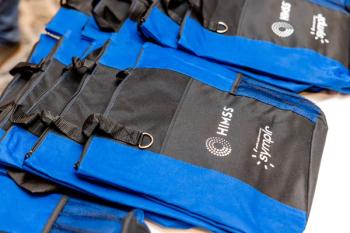
Nasal spray provides additional tool for harm reduction groups and first responders
Todd Shryock is managing editor of Medical Economics.

Nasal spray provides additional tool for harm reduction groups and first responders

AI-powered technology can automatically generate notes that are integrated into the patient’s record

Primary care physician claims down 13% in that same timeframe

Survey shows majority of employers maintaining or adding to existing programs for employees

Survey shows that the technology is only going to get more pervasive – and accepted – as time goes on

Interventions aimed at reducing work-related stress for healthcare workers showed some improvement in how people coped with stress up to a year later

Dr. Rochelle Walensky is stepping down at the end of June

Despite increased provider productivity and revenues, inflation continues to burden hospitals and health systems

More than 30 million Americans are now covered via private plans

Economists wonder whether future hikes this year will be necessary

Take control of your payer contracts and get the money you deserve.

Study shows that one-fifth of adults with no transportation skipped medical care last year

Gender pay gap down slightly, but much work remains to be done

Boosting the relationship between primary care physicians and pharmacists could help alleviate burnout while providing basic services to those who lack access.

The AMA overviews the fight for equity and the dangers of exclusion

The patient experience is different than the customer experience

How AI is helping measure and manage health disparities

How to keep employees from leaving your practice

What do the price transparency rules mean to physicians and will they really lower prices?

How streamlining the peer review process can make physicians’ lives easier

Dreams of big AI is nothing new, but the risks require careful consideration

Physicians aim to benefit from advances in data an artificial intelligence

The biggest health technology conference in the country is now underway.

Study shows that minority students face barriers that deter them from applying to and matriculating at med schools

Group aims to bolster independent practices and stop corporatization of medicine

Independent Physician Association of New York bought by private equity firm that touts its value-based care commitment

Fed rate hikes seem to be taking the desired effect on the economy

Lower patient volume and challenges collecting payments can push practices to the brink

Primary care physicians should be aware that patients have a renewed interest in STI-related appointments following a spike in STIs post-Covid.

Investors continue to pour money into health care sector even in an unsteady economy